#beale street
Text

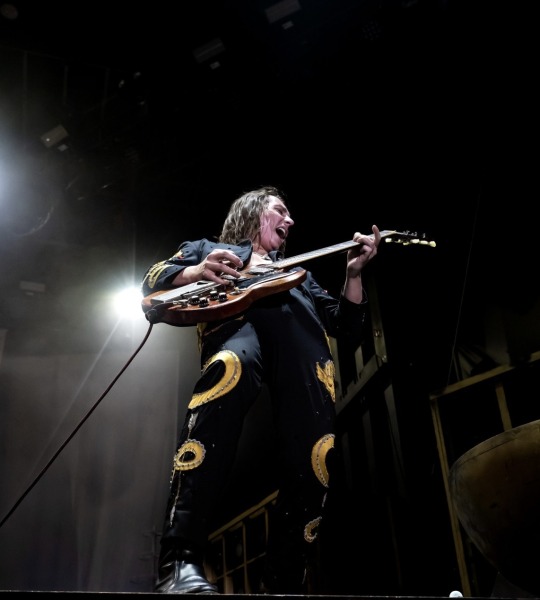
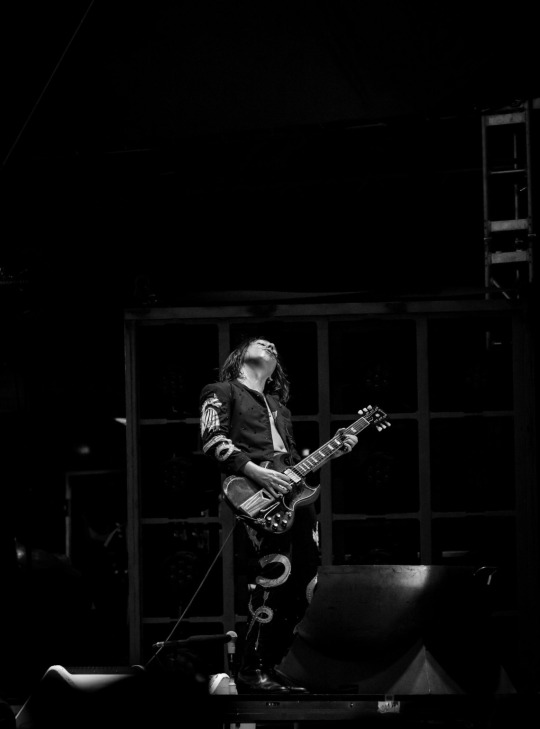
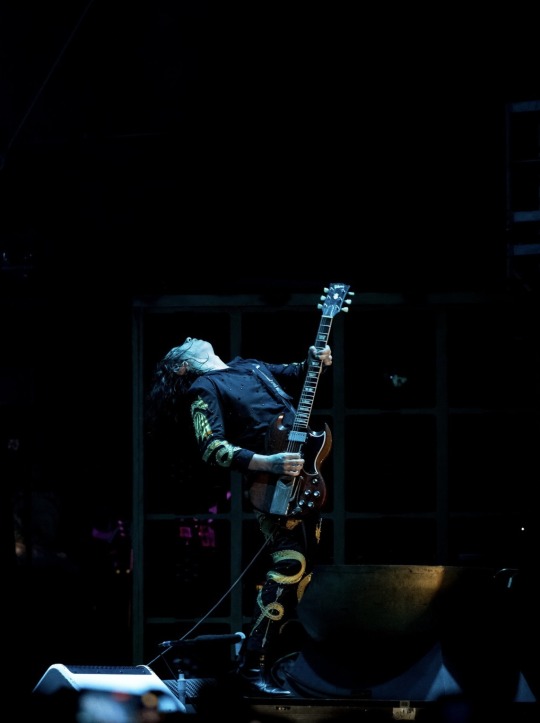
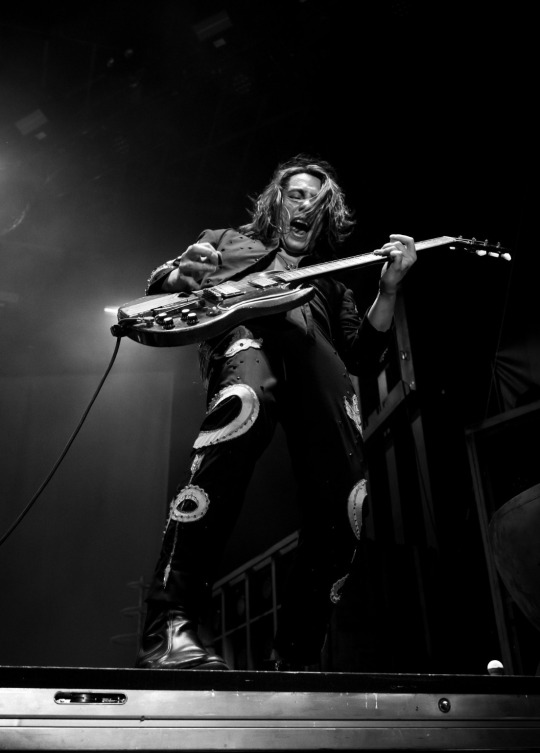


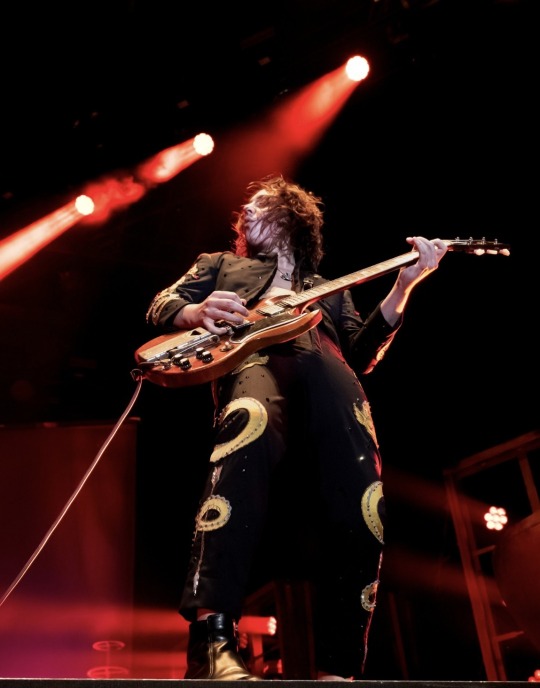
something about THIS MAN
photos by : Blake Crandall : off the record press
#jake gvf#danny gvf#josh gvf#sam gvf#greta van fleet#greta van meme#gvf#jake kiszka#danny wagner#josh kiszka#sam kiszka#jake kiszkas guitar#beale street#greta#jake greta van fleet#josh greta van fleet#sam greta van fleet#danny greta van fleet#feral
255 notes
·
View notes
Text


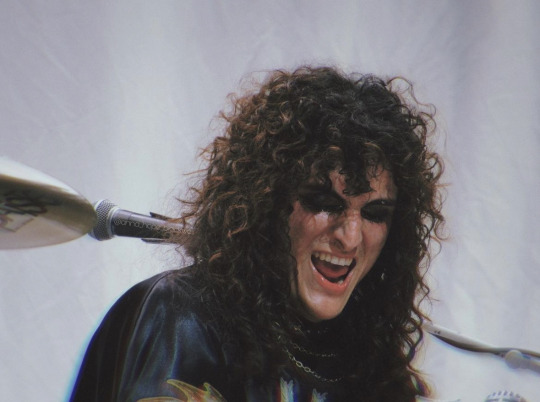





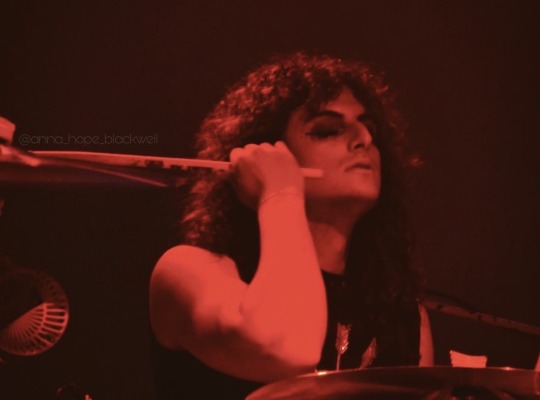

these pics from the Beale Street music festival really hit geez
pics from ig anna_hope_blackwell
#gvf#greta van fleet#Greta#sam kiszka#danny wagner#jake kiszka#josh kiszka#daniel wagner#sammy kiszka#beale street
170 notes
·
View notes
Text
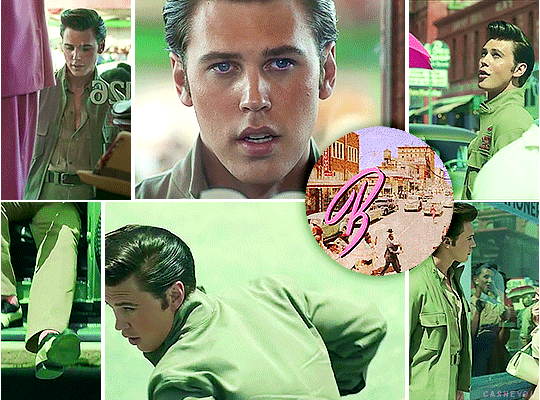

Elvis + Beale Street
#austin butler#elvis#elvis movie#elvis 2022#baz luhrmann elvis#beale street#club handy#kelvin harrison jr.#b. b. king
521 notes
·
View notes
Text

Roots under Beale: The Significance of Beale Street to Memphis Hoodoo History
In the late 1800s, Robert Church, the first African-American millionaire in the South took great interest in Beale Street. After purchasing land on Beale, Church built Church Park and Auditorium exclusively for black Memphians. He also created a recreational center and an upscale hotel. Beale Street was very important to African American life in Memphis as Church wanted to create a safe haven for black Memphians where African American food, music and entertainment could be celebrated.
A community of healers, conjurers and rootworkers began to develop on Beale. Memphians knew that you could visit the right store or juke joint and find someone with the ‘gift’ to provide magical and spiritual help. Beale Street musicians like W.C. Handy began to speak of the hoodoo culture through the lyrics of their songs. Blues singer Lillie Mae Glover known as ‘Ma Rainey II’ became popular on Beale Street as not only a performer but also a conjurer. She would perform rituals and various spiritual workings for other performers on Beale, as well as random customers who knew to seek her out. One of her special abilities was the ability to make mojo hands for blues musicians. While many hands were traditionally made using roots, lodestone and a red flannel bag, Lillie Mae made hers using common ingredients like sugar, flour and a heap of coal.
It became evident that hoodoo was being practiced in downtown Memphis much to the dislike of the white community. Hoodoo and any African based religious practices were compared to savage paganism that threatened the wives and children of the white community of Memphis. Local police were put on alert regarding the threat of hoodoo and ‘voodooism’ as it was commonly referred to.
The Memphis Press-Scimitar reported:
‘The Voodoo business still thrives on Beale Street. Police, looking for a witch
doctor yesterday confiscated a half a sack full of “Stay Away Powder,”
“Easy Life Powder” and “Spanish Luck Drops” being sold to negroes at
25 cents a set. The “Stay Away” powder, supposed to jinx a love rival,
proved to be nothing stronger than flour. “Easy Life” powder appeared to
be a fine grade of ground clay. “Spanish Luck Drops” were more potent.
They were a cheap but stout perfume. All in all, police figured the 25-cent
collection cost the producers not more than a couple of cents.’

Raids on rootworkers and conjurers were quite common in the city. There is record of a number of arrests where hoodoo devotees were arrested and artifacts such as mojo bags and amulets were confiscated and in some cases destroyed in the presence of practitioners. Hoodoo was not only feared but represented empowerment for the black community, something that the times simply would not allow.
The development of a hoodoo community on Beale Street gained the notoriety of the title ‘The Black Magic District’ as many Memphians knew that one could obtain a cleansing, a black cat bone or guidance from the ancestors by visiting the right individual on Beale. In the 1940s gold miners would visit Beale Street looking for conjurers to help them spiritually locate treasure along the Mississippi River. The rising number of Memphians using Beale Street’s healers as a form of healthcare caused some Memphis physicians to become critical and voice offense against the community’s rootworkers. However as writer Keith Wailoo in has noted “Those who invoked spirits to relieve one’s rheumatism or to subdue one’s enemies would not be driven easily from the Bluff city.” Hoodoo was here to stay.

In 1876, Jewish immigrant Abraham Schwab opened one of Memphis’s most iconic businesses on Beale Street. A. Schwab began as a dry goods store offering everything from cloth overalls to blues records. Years later the store began to carry a number of hoodoo related curios. In fact at one point the store was literally bringing in shipments of over one hundred and twenty tons of hoodoo related candles. The hoodoo community in Memphis would purchase oils, candles, incense and roots from the oldest store on Beale. One of my earliest exposures to hoodoo curios came when as a child I was taken into Schwab by my parents. I remember the scent of incense and the colorful collection of candles and curios. It was a wonderland to the senses.
During the writing of A Secret History of Memphis Hoodoo: Rootworkers, Conjurers and Spirituals, I was given the opportunity to visit the store’s archives and see some of the remnants of hoodoo curios and artifacts. A number of old curios from Memphis based companies like ‘LaClyde Lucky Products’ and ‘Lucky Heart Cosmetics’ were preserved in pristine condition saved for their historical preservation. Boxes of dried rattlesnake root, John the Conqueror and assorted herbs could still be found. A member of the Schwab family shared stories of hoodoo practitioners throughout the years and the many testimonies and stories of customers from the conjure community.
These are but a few of the numerous stories about rootworkers and conjurers on Beale Street that were instrumental in the history of hoodoo in Memphis. The history of hoodoo in Memphis is a story of cultural survival that needs to be told.

#memphis#beale street#rootworker#african#kemetic dreams#africans#brownskin#afrakan#afrakans#brown skin#african culture#afrakan spirituality
37 notes
·
View notes
Text

Jess Singing the Blues
By Jeff Stanford, 2024
Buy prints at:
https://jeff-stanford.pixels.com/
#© Jeff Stanford#midjourney#midjourneyart#ai#discord#digitalart#aiart#Artists on tumblr#portrait#Jess#blues singer#singing#song#sundown#Memphis#Tennessee#Mississippi River#Beale Street
23 notes
·
View notes
Text
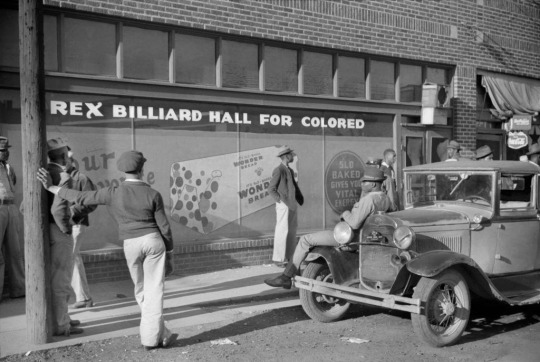
Rex Billiard Hall for Colored, Beale Street, Memphis, 1939.
12 notes
·
View notes
Text
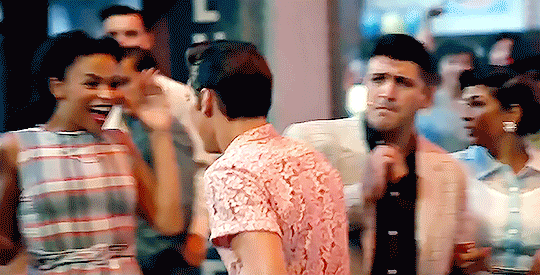
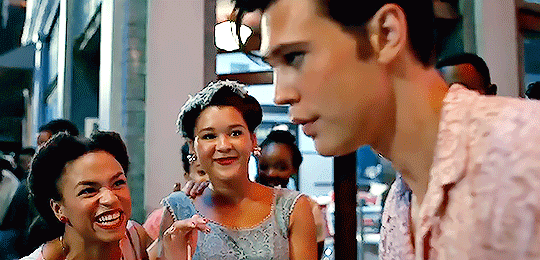


176 notes
·
View notes
Text

he's so magical ⭐
#me#greta van fleet#gvf#gretavanfleet#sam gvf#danny gvf#jake gvf#joshua michael kiszka#my photoset#my photography#beale street#beale
40 notes
·
View notes
Text

9 notes
·
View notes
Text
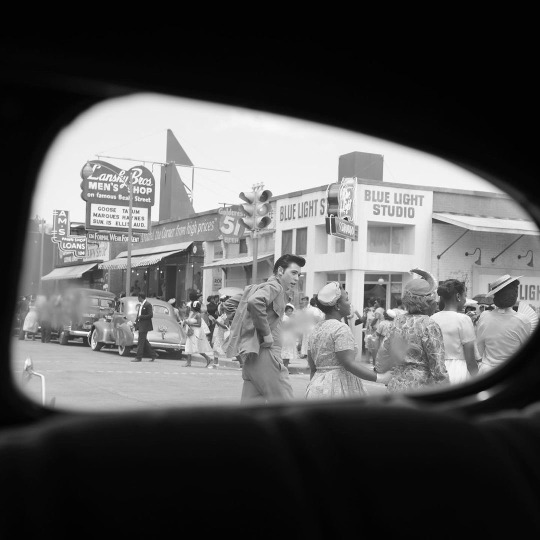
Cool picture posted by hughstewart_
196 notes
·
View notes
Text



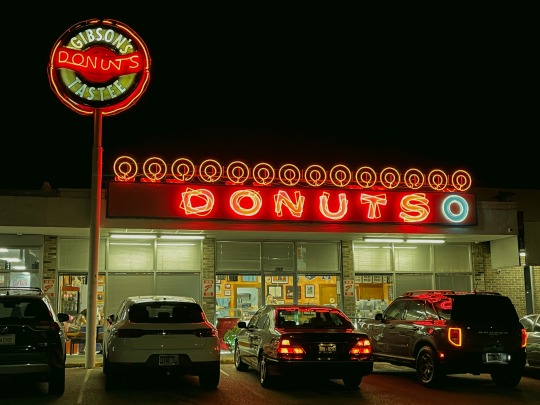
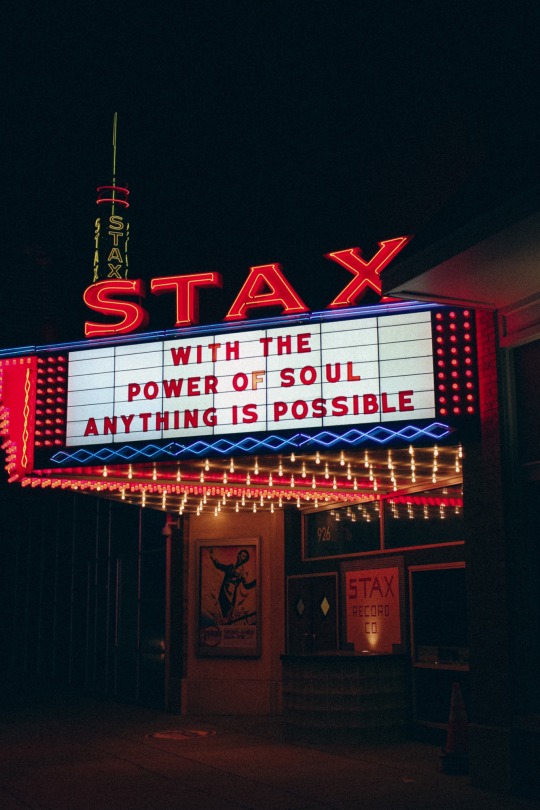
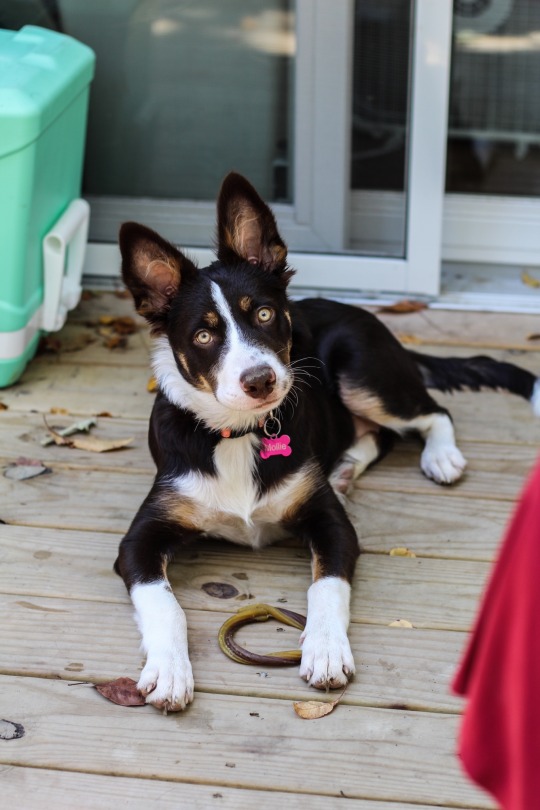


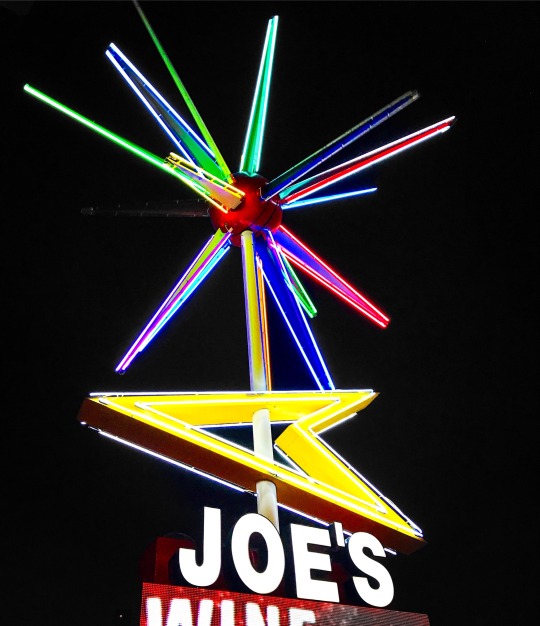

I dunno why the mobile app wouldn’t let me create any posts for like an entire week on my phone, but here’s some pics from Memphis.
12 notes
·
View notes
Photo
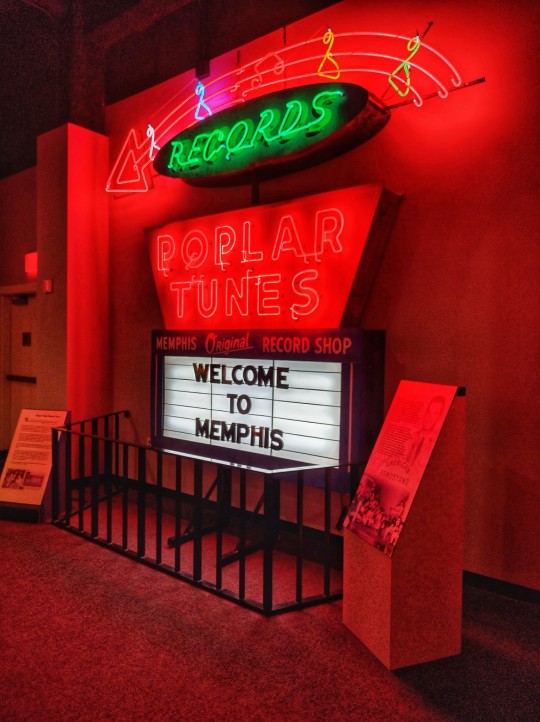

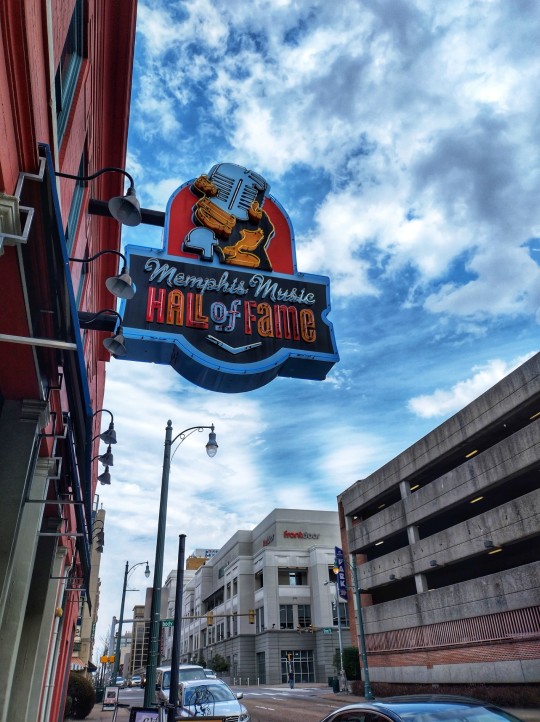
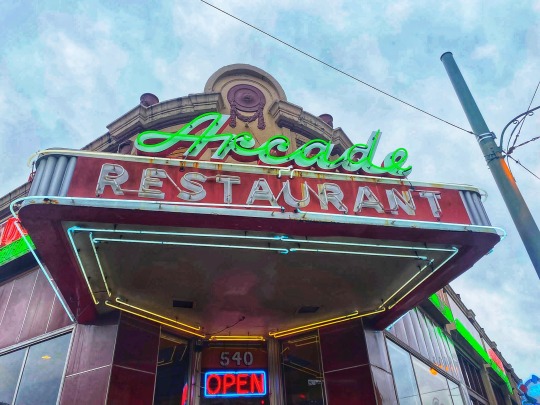
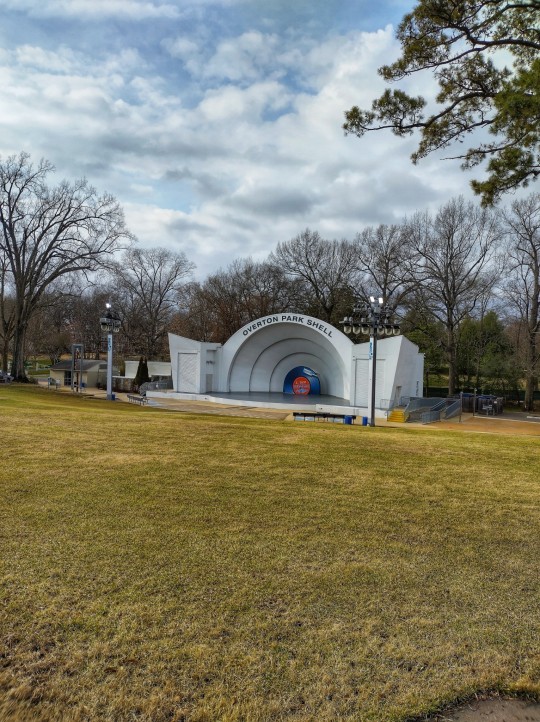

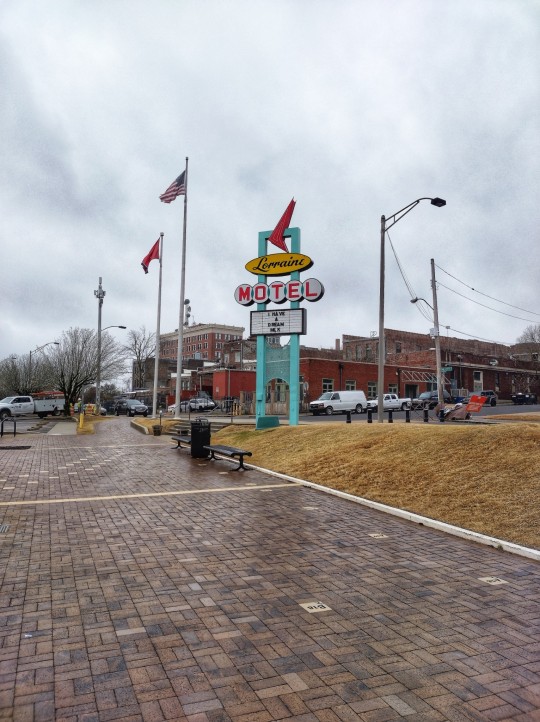
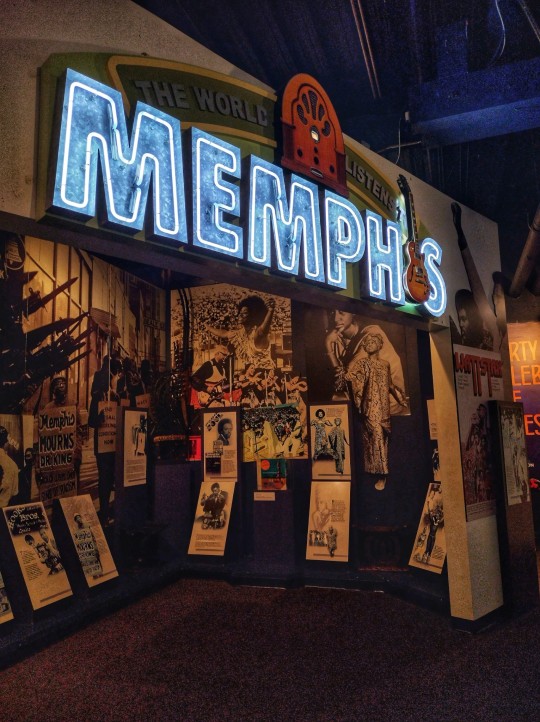


some highlights from memphis & its various museums and such (feb 2023)
#memphis#beale street#stax records#sun records#u can reblog#ive seen the memphis recording studio sign so much i might as well live there#whatta week man. lasted eight years#great place
45 notes
·
View notes
Text
History of Club Handy
Hey! While writing Milk & Honey I’ve encountered more information than I know what to do with, so I thought I’d share some of my findings on one of the places the story takes place the most, just in case some of y’all were curious.
So anyways, here’s the history of Club Handy
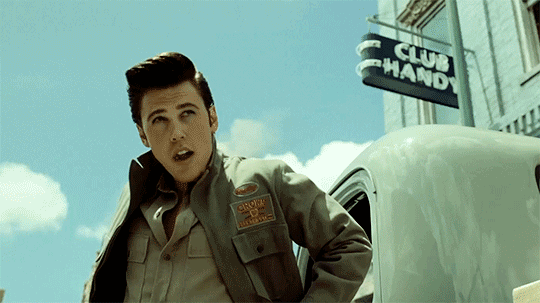

The building was originally built in the 1890′s and turned into a Battier Drug’s store (very right side of pic), until being purchase by a man named Abe Plough (who was born in Tupelo, MS before moving to Memphis. So weird. Anyway), who turned it into Pantaze Drug Store.


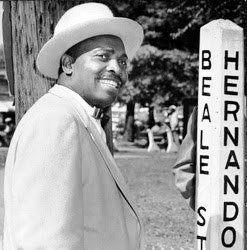
In 1944, a man named Andrew ‘Sunbeam’ Mitchell (above) purchased the top two floors. The building was run by him and his wife Ernestine, and together they created the Domino Lounge which occupied the second floor of the building. Many black musicians would perform at the Domino Lounge on their way through the Chitlin Circuit (Which, named after the food, is a variety of venues throughout the U.S. that accepted colored acts to perform during the segregation era. So, basically it was a map). But many of the musicians that performed at the Domino Lounge weren’t allowed to stay in the white-only hotels surrounding the area, which led Sunbeam to turn the top floor into Hotel Mitchell. He and his wife were well known for their generosity (and chili) and housed many struggling musicians who would perform in exchange for a room and food, including Little Richard, who stayed at Hotel Mitchell for weeks while saving up money.
In 1945, Mitchell employed a house band and dancing girls (the Mitchellettes) and turned the Domino Lounge into Club Handy with Little Junior Parker, Bobby Bland, and B.B. King(I believe pic below is him with Sunbeam btw) being regular performers, and many other famous musicians that would perform there as well. Elvis would perform here early in his career and saw a performance by Lowell Fulsom there.
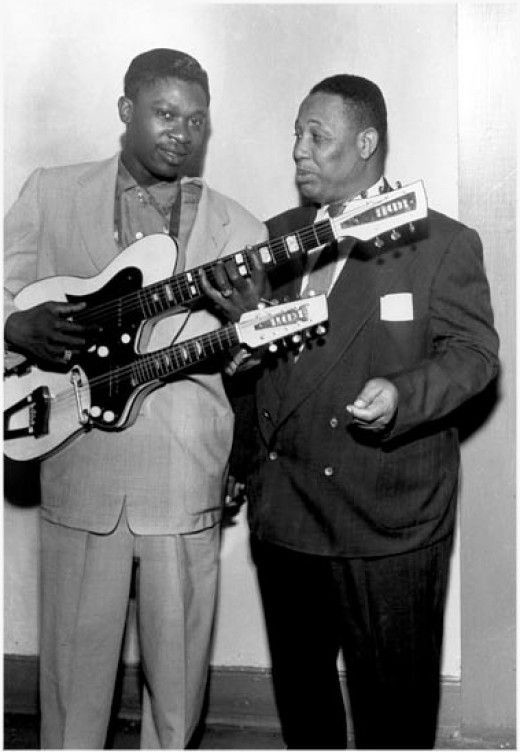

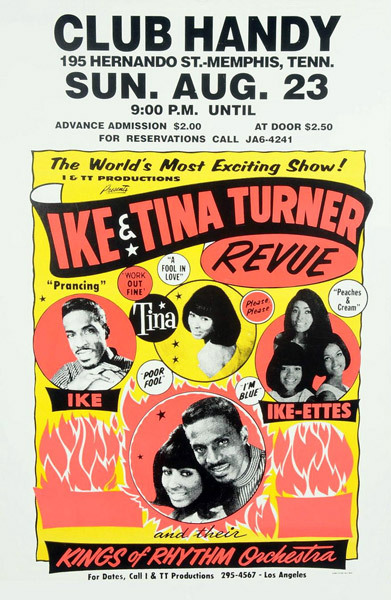
Sunbeam also owned other clubs like Club Ebony (’The Hippodrome’), and Club Paradise, which both became very successful, Club Paradise being the largest nightclub in Memphis during it’s time.
Today, the building of Club Handy is still alive and well, now occupied as bar and restaurant ‘Wet Willies’.


So, yeah, hope you guys find this interesting!
(I don’t own any of the photos)
#elvis presley#Elvis#Elvis Movie#Elvis biopic#austin butler#elvis 2022#austin butler elvis#beale street#memphis#tennessee#club handy#b.b. king#ike turner#tina turner#sunbeam#wet willies
77 notes
·
View notes
Text
My friends have started to ask me where I've been. My answer? I've been obsessing over Austin Butler//Elvis

#austin butler#elvis 2022#elvis#elvis movie#elvis presley#austin butler x you#austin butler fanfiction#austin butler x reader#elvis the pelvis#baz luhrmann#memphis#tupelo#beale street#1960s icons#1950s vintage#1950s aesthetic#decade: 1950s#1970s aesthetic
54 notes
·
View notes
Photo


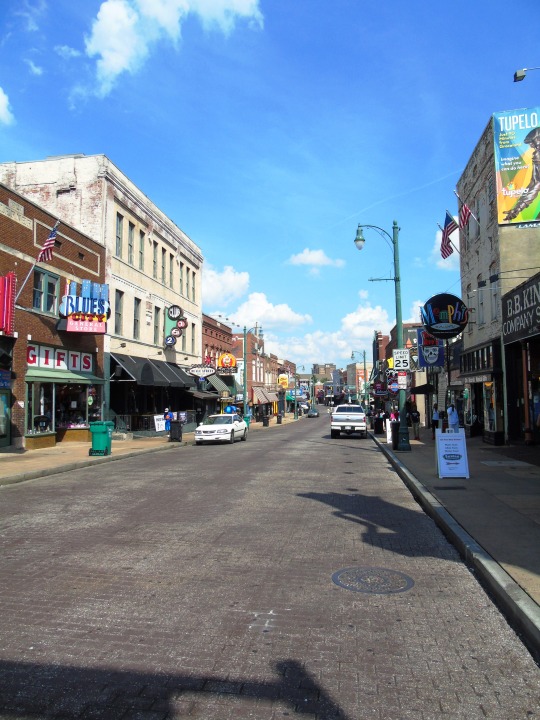

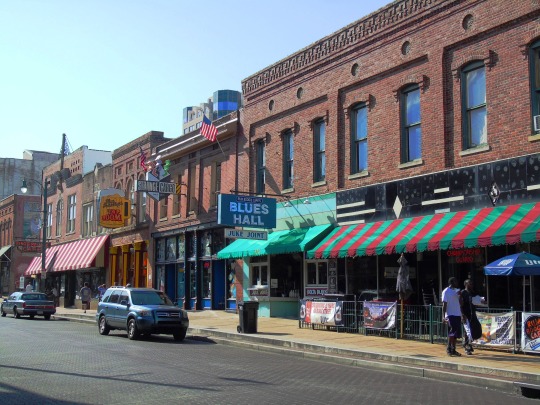
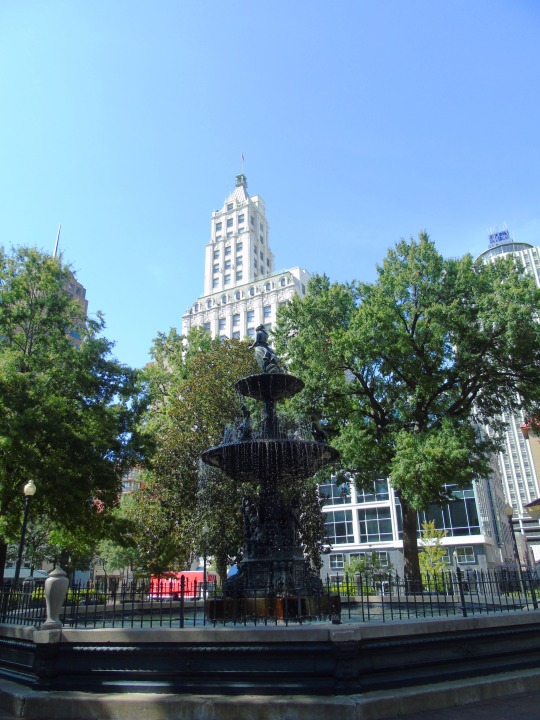


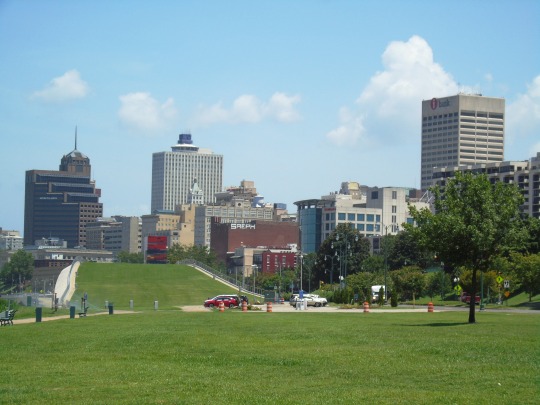
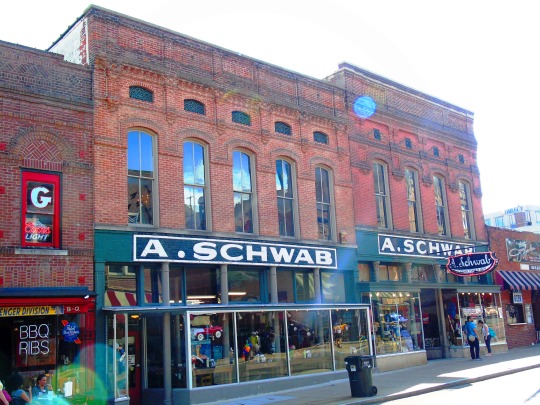
American Civil War
Battle of Memphis: Union forces captured Memphis from the Confederates on June 6, 1862.
#Memphis Court Square#American Civil War#Battle of Memphis#6 June 1862#anniversary#US history#Beale Street#Mississippi River#original photography#travel#Tennessee#architecture#citysccape#street scene#neon sign#USA#summer 2016#tourist attraction#landmark#Memphis#US Civil War
10 notes
·
View notes
Text
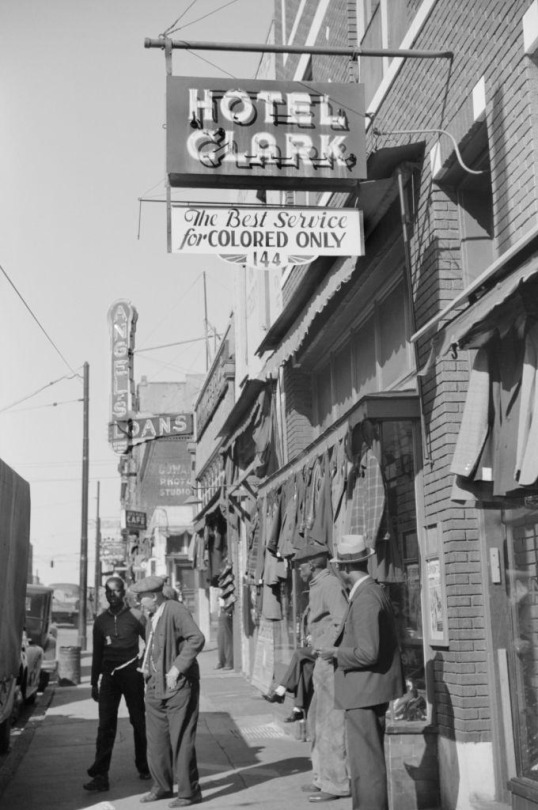
Hotel Clark with Sign “The Best Service for Colored Only”, Beale Street Lined with Pawn Shops and Secondhand Clothing Stores, Memphis, 1939.
13 notes
·
View notes